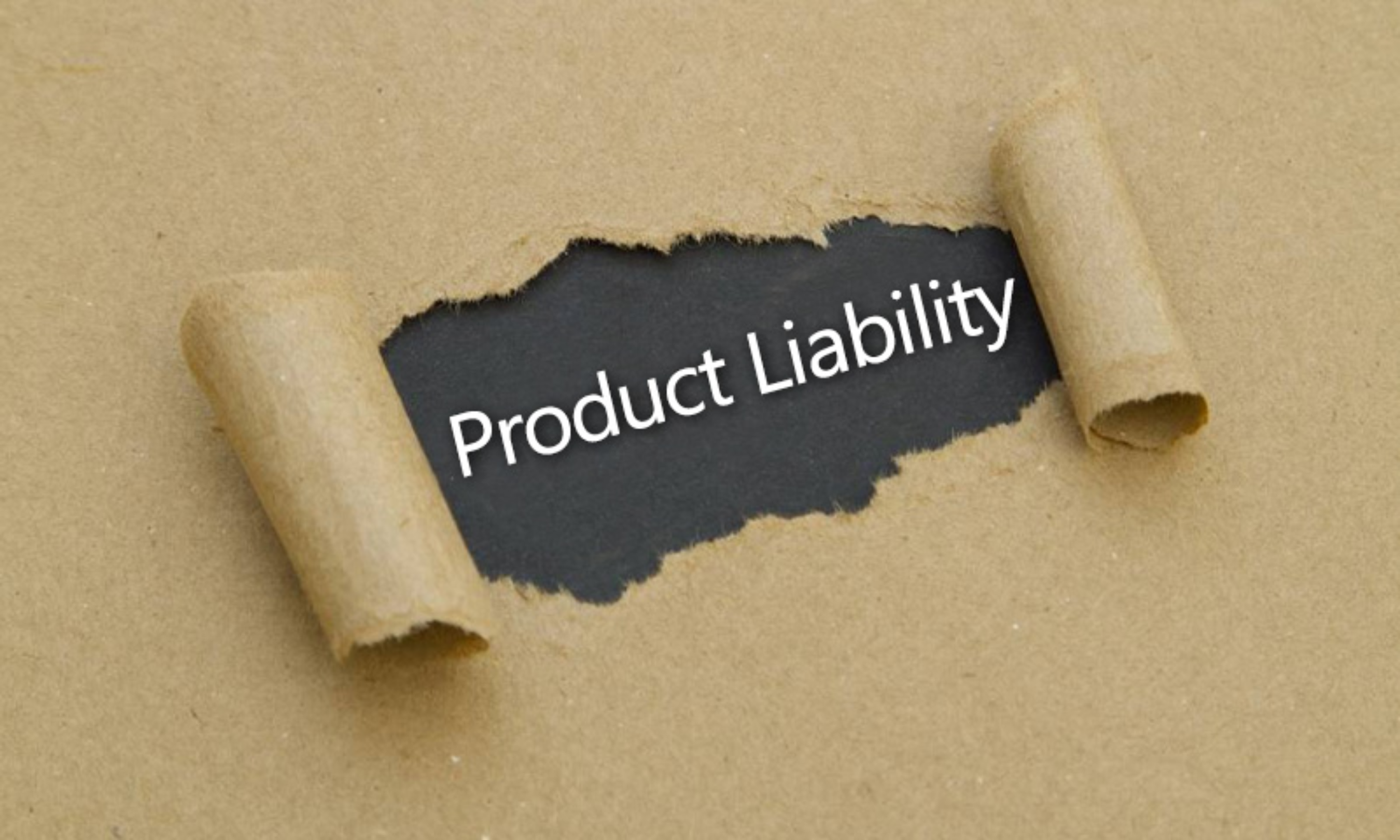Comparative Analysis Of Product Liability In India With Developed Countries

India is a custom-based law country; courts follow the principles of justice, equity, and good conscience and those of tort law, such as the duty of care, negligence, and strict liability. India is gradually realising the importance of strengthening and enforcing a strict product liability regime to protect the rights of its consumers against the supply of defective...
India is a custom-based law country; courts follow the principles of justice, equity, and good conscience and those of tort law, such as the duty of care, negligence, and strict liability. India is gradually realising the importance of strengthening and enforcing a strict product liability regime to protect the rights of its consumers against the supply of defective materials by manufacturers and suppliers, which will also aid in protecting the interests of consumers. The Indian Ministry of Consumer Affairs, Food and Public Distribution has established the new Consumer Protection Act, 2019 ("CPA 2019"). Earlier, there was no specific law or any rules in India that administered product liability, and furthermore, there were no extensive provisions regarding this. In India, both civil law and criminal law are used to determine whether products are unsafe. It isgenerally governed by contracts under the Sales of Goods Act, 1930, theConsumer Protection Act, 1986, the Indian Penal Code, 1860, and certainspecific rules. The future of product liability in India is indeed promising. Its exporter association is particularly interested in product liability security, and certain security enhances its product liability law.
The CPA 2019now provides definite laws on product liability with specific responsibilitiesand liabilities of a "product manufacturer," "product serviceprovider," or "product seller" of any product or service,to reimburse for any harm caused to a consumer by such damaged product producedor sold or by lack of system. The cases in India regarding product liability have been managed by courts on the principles of negligence and strict liability, while statutes have been historically silent on the provisions for liability of traders or manufacturers for damage to or faulty products and systems. The courts have now adopted a pro-consumer approach. The courts have started awarding compensation and damages that are more punitive in nature.
Rights Available In India To Protect The Consumer From Defective Products
Consumer protection laws in different countries like the UK, USA, Turkey, EU, and India provide some common rights to consumers, like if any defect is found in the product, the consumer can claim for the free fixing of the product or exchange the damaged product, and they can also minimise the cost of the damaged product. The consumer can also take legal action against the manufacturer, trader, or both for the breach of contract between them. There is a clear switch from the principle of buyer beware to seller beware. In India, a consumer has the "right to choose," which means that a consumer can demand that the traders present a wider range of products. Sometimes, traders present only those types of products from which they can get the maximum benefits. A consumeralso has the "right to be informed," which means that a consumer hasthe right to get informed about the quality, quantity, cost, and health safetyof the product. If he gets any wrong information about it or is misled about the expiry date of the product, then a consumer can also file a suit against the trader.
Moreover, complaints relating to infringement of consumer interests, unfair trade practices, or false advertising are to be investigated by the CCPA. Despite the fact that some aspects of the CPA 2019 are uncertain, the new provisions on product liability, with bidding punishments and strict liability on manufacturers and traders, will undoubtedly change India's legal perspective. Product manufacturers, traders, and service providers will need to make sure that they have done their due diligence properly to be compliant with the various conditions under the different provisions.
Product Liability In Various Countries
There have been a remarkable number of changes in product liability legal provisions in many countries, which also indicate consumer protection legislation. Many countries in the region are implementing the types of laws and regulations that have been announced in Europe and the Americas, with the goal of determining which works best for them.This has in turn created a different perspective on the legal provisions on which the issue of consumer protection is to be focused. Some countries continue to rely on common law to direct claims, while others have established special tribunals to ensure product safety and resolve consumer complaints, such as India and Sri Lanka, which have established special consumer tribunals to aid in the evolution of product liability protection. In comparison to formal litigation, consumer tribunals are favoured as there is a speedy and affordable settlement of cases. Its flexibility may be of benefit to developing nations. In terms of whether the consumer will or can have access to the quality of the adjudicators in addressing the claims made by the consumers, in particular where most cases tend to be of lower value, such that consumers can feel that justice is being done, even if they are unsuccessful in the claim. This too is part of the undertaking and process of any product liability law. In general, we tend to see more claims in more developed countries in Asia, such as Japan, Korea, etc.
In the US, product liability laws are established at the state level, and whereas they differ from state to state with relevancy standards of evidence, since the 1960s, many supported strict liability as opposed to proving the manufacturer's carelessness. Under the provisions of strict liability, the manufacturer, despite whether or not they caused the defect, is liable for a defective product and should pay orcompensate the parties. Until now, there has been no manufacturer's liability cap.
In contrast, in European countries, strict liability is established first, followed by the most specific safety directives.The proliferation of product safety and product liability regimes and standards in Europe has not really resulted in a remarkable amount of new litigation in Europe. In fact, for U.S. manufacturers selling in Europe, the greatest risk seems to be that they either might not be allowed to sell in one or another country, or that customers will not buy their products if they fail to meet these directives and additional technical standards. Likewise, the consumer protection legal provisions in Taiwan, the toy and children's product safety order in Hong Kong, and product liability and quality statues in Japan and China have taken several steps towards establishing only safe products within the borders of Asian countries. Like in Europe, the rise of product liability standards in Asia implies that manufacturers and retailers should pay even more attention to quality, product safety, and product liability than in the past. Additionally, manufacturers who trade in the U.S. must take into account the result of compliance with foreign safety rules and standards on U.S. litigation. In the range of products that foreign sellers sell, which are or might be considered secure, the trader runs the risk of providing the claimant with evidence of another design that can be used in a U.S. court.
There are some vital product safety legislation, ordinances, and standards in Europe, Australia, Taiwan, Hong Kong, China, and Japan. Moreover, it provides a starting point for those afflicted by these rules. At present, the interpretation and enforcement strategy of these rules in every country will evolve quickly. Each manufacturer should get current knowledge as they try to comply.
In Europe, fortunately, the risk of increased product liability under the new Product Liability Directive is nominal. European countries' laws have established fault-based compensation systems for consumers injured while using products. For manufacturers who sell in Europe, the assumptions made by the new legislation and safety requirements must not directly include potential liability. Nonetheless, manufacturers must diligently identify the various requirements and decide on a design and labelling that produces a safe product that can be sold in every European country.
In Taiwan, China, Japan, and Hong Kong, it is difficult to predict how courts and governments will interpret or enforce new product safety laws, which, in the case of Taiwan, are somewhat stricter than comparable U.S. laws. For example, in Japan, an industry observer notes that the law's success or failure will rely on a legislative system where the number of lawyers is a minimum and the number of years it takes to settle a typical product liability case is a maximum. Critics of the Japanese laws are quick to point out that the legislation might be undermined because so-called discovery regulations, which permit consumer claimants to uncover corporate data and instructions, remain very limited.
Despite the uncertainty, one basic principle is clear: the global expansion of consumer protection rules and regulations will make it easier for consumers to claim against companies for loss or harm resulting from the trade of a damaged product.
Views are personal.




